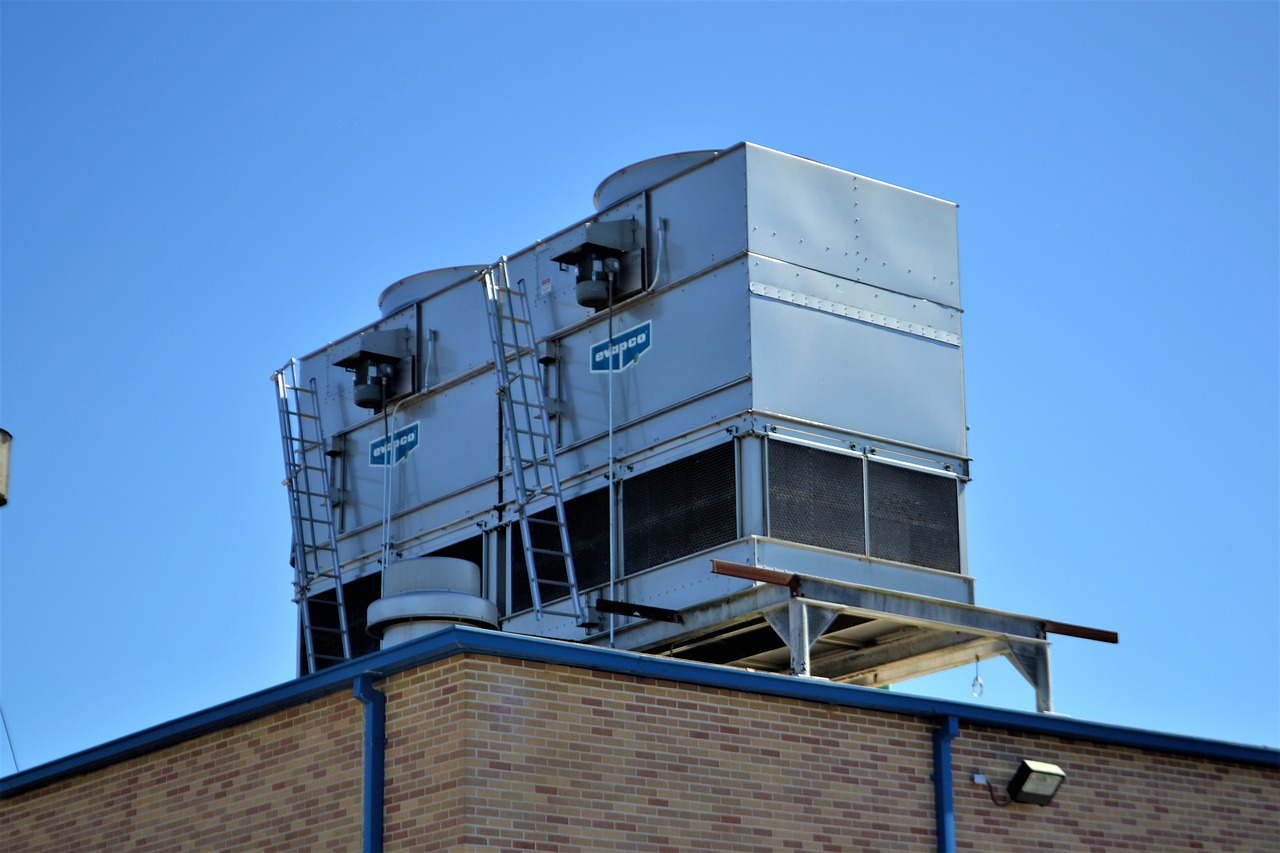“You can’t get a little bit pregnant, son.” — Hal Holbrook as Lou Mannheim in Wall Street, (1987)
A whole new group of processes are about to become PSM-covered.
Maybe.
Some HVAC contractors have begun warning their customers that the new low-GWP refrigerants that they must switch to are “slightly flammable”, so may come under OSHA’s Process Safety Management (PSM) standard, 29 CFR 1910.119.
What’s GWP?
Anhydrous ammonia is the grandaddy of refrigerants. It is still used in some refrigeration systems. Unfortunately, it is toxic, corrosive, and under the right conditions, flammable. Anhydrous ammonia, which is used for a lot of applications besides refrigeration, is so toxic that both OSHA and the EPA list it in their process safety regulations, with a threshold quantity of 10,000 pounds. Anyone with a process that contains more than 10,000 pounds of anhydrous ammonia has a “covered process”.
It was a huge advance in workplace safety when CFCs were introduced to replace anhydrous ammonia as a refrigerant. CFCs are non-toxic, non-flammable, and work really well. It was a blow to discover that CFCs react with ozone to consume it and that they are really persistent. While ozone at the surface of the earth is a harmful pollutant, that layer of ozone in the stratosphere is essential for shielding all life on earth from harmful ultraviolet-B radiation from the sun. Upon discovering the hole in the ozone layer and tracking it back to CFCs, the world decided to switch away from CFCs and begin using HCFCs. HCFCs still deplete ozone, but their Ozone Depletion Potential (ODP) is much lower. A compound’s ODP is a ratio comparing it to refrigerant R-11, trichlorofluoromethane, which by definition has an ODP of 1. HCFCs have ODPs in the range of 0.01 to 0.1.
There is another concern, though, and that is Global Warming Potential (GWP). HCFCs are greenhouse gases, some over a thousand times more potent than carbon dioxide during the course of 100 years, which is the benchmark. So, while CO2 has a GWP of 1 by definition, HFC-23 has a GWP of 14,800. As a result, the EPA has prohibited new equipment from using high-GWP refrigerants as of January 1, 2024.
A number of low-GWP refrigerants are available, each designed to replace specific refrigerants. Most have GWPs larger than 1, but still much less than the refrigerants they replace.
What’s ‘Slightly Flammable’?
Any gas that can burn is a flammable gas. Like pregnancy, which a woman either is or is not, a refrigerant is, or is not, flammable. There are several properties of flammability, however, that can vary by degree.
One property is flashpoint, the temperature at which a liquid is volatile enough to form a flammable mixture with air. Unlike a flammable liquid, a flammable gas does not have a flashpoint. It’s a gas—it is already completely volatile. However, like a flammable liquid, a flammable gas has a lower flammability limit (LFL), the concentration in air below which a mixture is too lean to burn, and an upper flammability limit (UFL), the concentration in air above which a mixture is too rich to burn.
A Category 1 flammable gas has a LFL of 13% or less, or has a flammable range from LFL up to UFL of 12 percentage points or more, regardless of the LFL. Any other flammable gas is a Category 2 flammable gas. Consider anhydrous ammonia. Its LFL is 16%, which means that it doesn’t qualify as a Category 1 flammable gas based just on LFL. Its UFL is 25%, giving a flammable range of 9%, which means that it doesn’t qualify as a Category 1 flammable gas based on its flammable range. Anhydrous ammonia is a Category 2 flammable gas.
The flammable limits of refrigerants should be in Section 9 of their Safety Data Sheet (SDS), although some SDSs come right out in Section 2 and state the flammable category.
Slightly flammable? Some of the new low-GWP refrigerants are Category 1 flammable gases. Some are Category 2 flammable gases, and some are not flammable at all. It depends on the refrigerant. Along with other highly hazardous materials, Category 1 flammable gases are covered by OSHA’s PSM standard.
Is Refrigeration a Process and Does PSM Cover Mine?
Most people would consider a process as a series of operations to transform raw materials into finish goods. Not OSHA. OSHA defines a process as “any activity involving a highly hazardous chemical including any use, storage, manufacturing, handling, or the on-site movement of such chemicals, or combination of these activities.” Does a refrigeration system use, store, or handle refrigerant? Yes. Then it is a process.
However, for the PSM standard to apply to a process—for a process to be a “covered process”—the amount of the covered hazardous chemical must exceed its threshold quantity (TQ). The TQ for flammable gases is 10,000 pounds. Is your refrigerant a Category 1 flammable gas? Is there more than 10,000 pounds in your “process”? If the answer to either of these questions is no, then your refrigeration system is not a covered process.
Now What?
Does the coming switch to low-GWP refrigerants make your cooling system a PSM-covered process? Maybe. It depends on the refrigerant and on how much of it there is in your system. There is nothing inherent about low-GWP refrigerants to make their use a PSM-covered process. As you contemplate the switch to low-GMP refrigerant, get a copy of its SDS and make sure that you understand its hazards.
Some systems will be PSM-covered. If so, then get ready. There are 14 elements in the PSM standard and compliance is not a trivial effort. As people who have helped hundreds of companies to comply with the PSM standard, the folks at Bluefield Process Safety know this. Moreover, you must be in compliance from the moment you exceed the TQ. You can do it, though. Thousands of companies before you have.
